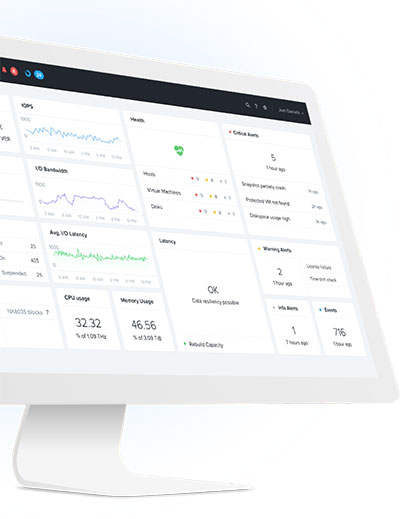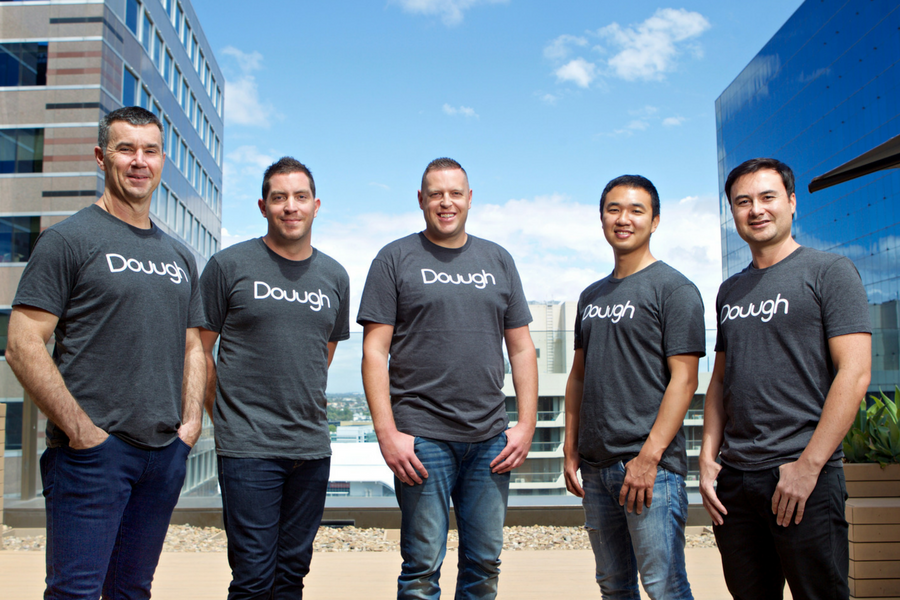Digital business insights: By John Sheridan >>
IN MANY WAYS traditional politics is dead. The ‘tennis match’ of left and right, liberal and labour, socialist and conservative continually hitting the ball backwards and forwards, shouting a lot, but not actually doing very much is not delivering the goods.
And meanwhile the world moves on, for good and for bad. With some very large ‘wicked problems’ emerging for us all to deal with.
The times of big picture strategies and visionary leadership seem to have slipped behind us. Yet many of those initiatives still look good in hindsight – e.g. The Marshall Plan, The Square Deal, Public Health System, Free Schooling and so on. But that was then and this is now.
Times have moved on, and the digital revolution has presented us with so many new challenges and possibilities. It has connected the world. And given us a host of social levers that never existed before. 
But so far, both vision and tools have been hijacked by ‘business as usual = the 20th century’. The technology is just being applied to reinforce the way things were.
When it could be applied to open the way to a new world of possibilities, driven by vision, expedited by the new tools of the 21st century.
One of the biggest barriers to effective change is simple.
Recognising the ‘power of one’.
THE POWER TO DO
What can I possibly do to make a difference … little old me? This question holds so much personal energy and potential in check.
Quite a lot, actually. Because, all positive change in history started with one person.
Understand that, and then understand the potential of using internet-based tools to add leverage to individual power through collaboration.
And the equation changes.
1=1 = ‘what can I do?’
Changes to…
1 + 1 = 2, 1+1+1 = 3, or 11 or a thousand or more = and together ‘we can do anything’.
But it starts with the ‘power of one’. That has to be first recognised and realised by each of us.
Who do we see in the mirror every morning?
An actor? Or a commentator?
A doer or a viewer?
Work that out. Then – we can all get on with it.
In many ways, it doesn’t matter what ‘it’ is. Acting rather than observing and commentating is refreshing, inspiring, powerful and cathartic and can lead to further action.
I am not suggesting action without vision or focus. I am simply suggesting that we do what our ancestors did 12,000 years ago and move from hunter gathering and start ‘gardening’ or ‘farming’ our limited resources with intelligence. Much like farmers and gardeners do today.
But we need to manage all the productive resources we have not just seeds, animals and soil.
Productive energy with no direction = jungle.
Productive energy with vision and direction = garden. Farming. Agriculture.
We need to apply that same thoughtful, considered approach to everything that we do. Economic agriculture. Social agriculture. Innovation agriculture.
POLITICAL JUNGLE?
The current ‘jungle’ condition we live in is actually not the fault of politicians – local, state or federal.
Politicians are themselves constrained by bureaucracy and the way government works. Many politicians have good intent (not all) but are frustrated by timing, budget, factions, ideology, external influence and then the slow mechanics of bureaucratic response to ministerial direction.
Many of us could do something in three weeks or three months that would take government 2-3 years. And they would mess it up. I spent 20 years in advertising and became used to tasks being set, responded to, creative solutions being created, then measured against a strategic brief and turned into production in 6-8 weeks.
But government doesn’t act this way. Government usually gets driven and directed by fixed ideology rather than ‘good ideas’ which can come from anywhere and do. Nobody owns good ideas.
And they seem to enjoy the theatre of politics and the adversarial ‘tennis match’ just a bit too much, forgetting the primary function of government = service, management, fixing things and delivering the goods.
For it’s a digitally, connected and interconnected world we now live in, yet government rarely views issues holistically – which is where all the ‘wicked problems’ live, so fails to fix the real issues we wrestle with in society every day.
Just about every citizen, in every country in the world could dictate a list of the biggest problems we face. And it would look pretty much the same, no matter where the list originated. The OECD created such a list a few years ago and nothing much has changed since then.
And there is no reason at all – why collectively – we shouldn’t have a go at fixing those problems. We don’t have to wait for permission.
There are big problems, medium sized problems and small ones, and if we can tick them off one by one, then who knows what might happen.
There is no rule that says only people that visit Davos once a year, get to discuss ways of making the world a better place to live.
It’s back to the ‘power of one’ – me and you. That is where initiatives start.
THE RED TOOLBOX
Over the years, I have met with chairs and CEOs of corporates and they mostly have the same issues as the rest of us and the same frustrations with lack of government vision and action. So I figured if we could address these problems and frustrations together, jigsaw puzzle piece by jigsaw puzzle piece, then we may just be able to collaboratively create a big picture of solutions. That anyone can use.
That’s all the RED Toolbox is – http://theredtoolbox.org – a set of tools for anybody to use to address problems.
The framework of regions (52), sectors (19) and themes – innovation, investment, future of work, export and sustainability – is simple, deliberately so, because hardly anybody has an argument with any of those themes.
And we don’t need to elect a leader or leaders within that broad context. We just get on with it.
We just need doers. Actors. Willing to work with others. Sharing value. In the same way that ants achieve tasks with no control from the queen. They just collaborate to do stuff as it arises.
The purpose of the RED Toolbox was just to create structure for ‘the river of ideas and projects’ (regions and sectors), with direction generated by the five themes of innovation, investment, export, future of work and jobs, and sustainability.
That simple framework allows anybody to do stuff both with and without government support, recognising that no government on the planet has yet addressed the issue of governing holistically. Which represents an opportunity for the rest of us.
Roughly 97 percent of people are good folk. About 3 percent are sociopaths and 0.3 percent are psychopaths – so we should try to leave them out of it, as much as possible and focus on the 97 percent.
And there is no need to define or restrict the projects as long as they align with the key themes.
So government policy and direction then becomes largely irrelevant. It is all about what works.
And whenever businesses and citizens start collaborating to do things, most governments tend to offer support anyway – and we should always try to give mayors and politicians flags to wave and ownership, whenever and wherever applause is due.
Keep the politicians informed, but get on with the game regardless.
Accept the ‘power of one’. Cast off ‘fear’. Do something.
Commentators sit and debate in the stands. Players play the game on the field.
We all only have a short time here on the planet and there is more than enough to do.
So 2019, full steam ahead. Let’s get doing.
#
John Sheridan is CEO of Digital Business insights, an organisation based in Brisbane, Australia, which focuses on helping businesses and communities adapt to, and flourish in, the new digital world. He is the author of Connecting the Dots and getting more out of the digital revolution. Digital Business insights has been researching and analysing the digital revolution for more than 15 years and has surveyed more than 50,000 businesses, conducting in-depth case study analysis on more than 350 organisations and digital entrepreneurs. Now DBi is turning that research into action through a series of digital business development platforms, the first of which launched in 2016, the Manufacturing Toolbox. DBi has now also launched a series of international online trade showcases, promoting Australian goods and services to specific countries and promoting use of those showcases in those countries. The first, just launched, is the Australia-Taiwan Trade Showcase. Coming soon are trade showcases for Japan, Hong Kong-China, Korea, Japan, Indonesia, Singapore and India. Australia's Regional Economic Development (RED) Toolbox has now been launched at http://theredtoolbox.org.
http://www.db-insights.com/



 How to resolve AdBlock issue?
How to resolve AdBlock issue? 



